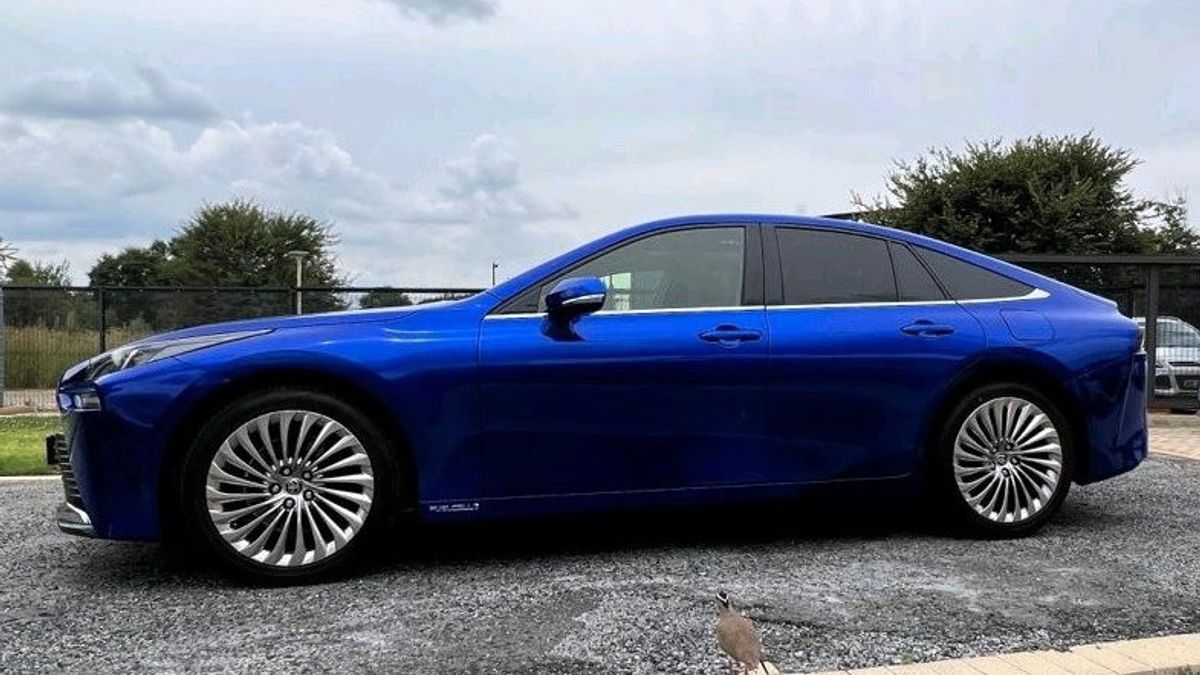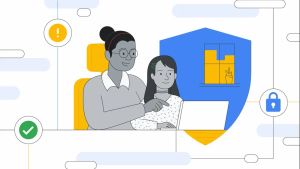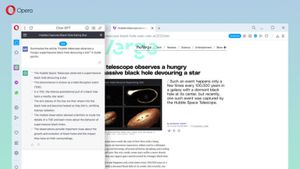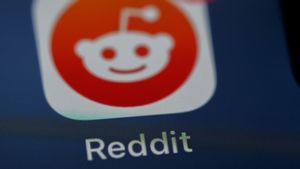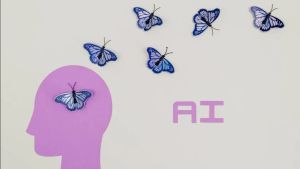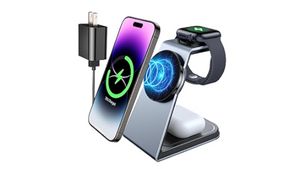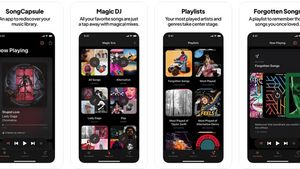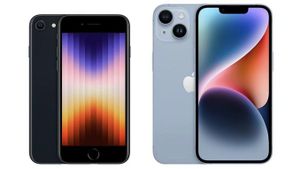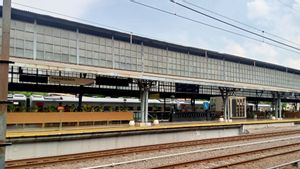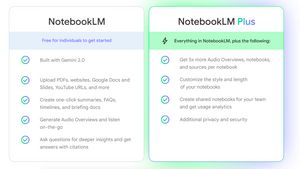JAKARTA - Transportation company Commercial Japan Partnership Technologies Corporation (CJPT) and Kyushu Railway Company (JR Kyushu) are testing a Toyota Coaster-based hydrogen fuel (fuel cell) bus with a passenger capacity of 20 people.
Toyota in an official release on the company's website stated that the bus will be tested on the BRT Hikoboshi Line (Hitahikosan Line BRT) or a special transit system for fast buses which will be inaugurated in the summer of 2023 in Japan.
The hydrogen bus will use the color blue to reflect an environmentally friendly transportation project that is in accordance with the mission to be carbon neutral.
Even though it uses the Toyota Coaster base, the bus seats will be changed from a maximum of 20 seats to 14 passenger seats.
For propulsion, the Toyota Coaster uses the second-generation Mirai FCV system which can be operated without emitting emissions because the engine utilizes the chemical reaction of hydrogen and oxygen to create power.
The second generation Mirai FCV system is a hydrogen fuel system used in the Toyota Mirai car. This system works by converting hydrogen into electricity through an electrolysis process.
Hydrogen is received by the fuel cells in this system, then the hydrogen reacts with oxygen to produce electricity which is used to drive the car. This process is very environmentally friendly because it does not emit harmful emissions.
There is only one by-product which is water, which is removed through the exhaust gas system. The second-generation Mirai FCV system is highly efficient and has good performance, so it can provide drivers with an extraordinary and environmentally friendly driving experience.
According to the plan, the 7-meter-long hydrogen bus will be tested until 2025.
Hydrogen buses operate by using hydrogen fuel (H2) as their energy source. Hydrogen is used in a fuel cell, where a chemical reaction between hydrogen and oxygen produces electricity to drive the bus.
SEE ALSO:
In a fuel cell, the hydrogen interacts with a catalyst that breaks the hydrogen molecule into protons and electrons. Protons enter the fuel cell through the anode and flow through a membrane through which electrons cannot pass.
The electrons make an electric current through an external circuit and are used to generate the power to drive the bus. Meanwhile, protons entering the fuel cell combine with oxygen (O2) entering through the cathode, forming water (H2O) as a by-product.
Thus, the hydrogen bus utilizes hydrogen as a fuel that is environmentally friendly and does not emit harmful emissions such as carbon dioxide or particles. This makes hydrogen buses a good choice for meeting emission reduction targets and promoting sustainable transport.
The English, Chinese, Japanese, Arabic, and French versions are automatically generated by the AI. So there may still be inaccuracies in translating, please always see Indonesian as our main language. (system supported by DigitalSiber.id)
